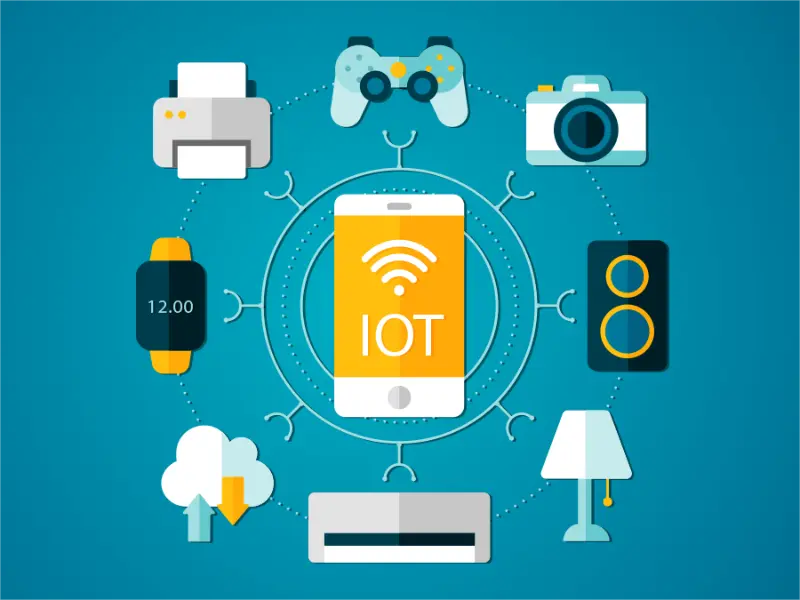- Internet of Things device management refers to processes managing the entire lifecycle of IoT devices and sensors, from planning and onboarding to monitoring and maintenance, through to retirement.
- IoT device management tools give organisations greater control over their mobile devices. Every major Cloud provider, such as Amazon Web Services(AWS), Google Cloud, and Microsoft Azure, includes IoT device management in their offerings.
- There are many IoT device management use cases, including smart home automation, industrial IoT, healthcare systems, smart city infrastructure and heating systems, among others.
In our daily lives, items such as smartwatches and controlled kettles use Internet of Things (IoT) technology to provide us with convenience. In a boarder sense, IoT technology can also establish IoT device management platforms to achieve smart home automation, smart city infrastructure construction and so on.
Also read: How does 5G technology enhance the Internet of things (IoT)?
What is IoT device management?
The simplest explanation of IoT is a network of physical objects that are embedded with sensors, software, and other technologies to transform physical objects that surround us into an ecosystem of information that is rapidly changing the way we live. IoT device management refers to processes managing the entire lifecycle of IoT devices and sensors, from planning and onboarding to monitoring and maintenance, through to retirement.
IoT device management involves remotely registering, provisioning, configuring, maintaining, and monitoring connected devices from a centralised platform that IT administrators can access from any device anywhere via an Internet connection.
The key features of IoT device management are ease of operation, providing a user-friendly and intuitive entry process that makes IT easy for IT administrators to add new devices to their systems, providing log management and remote troubleshooting, which helps identify problems and track device activity, and collecting and leverage large amounts of device metadata for management, analysis and reporting.
Some of the more well-known IoT Device management tools are AWS IoT Device Management from Amazon Web Services, Azure IoT Hub from Microsoft Azure, Google Cloud IoT Core from Google Cloud Platform and IBM Watson IoT Platform from IBM Cloud.
Also read: Top 5 Internet of Things (IoT) platforms
5 examples of IoT device management solutions
1. Smart home automation
Using the IoT Device management platform, homeowners can remotely manage and monitor their smart home devices, including security cameras, smart locks and thermostats, from a single location. Service providers can use the IoT device management platform to troubleshoot and resolve issues remotely.
2. Industrial IoT
Organisations can use IoT device management software to manage and monitor their industrial IoT devices, such as sensors and monitoring systems, to boost operations, increase productivity, and reduce downtime.
3. Medical care
Enterprises can implement IoT device management platforms to manage and monitor medical devices, including wearable health trackers and remote patient monitoring systems. Healthcare providers can use these platforms to remotely monitor a patient’s health, track whether a patient is taking medication, and spot potential problems before they become serious.
4. Smart city infrastructure
City officials can use IoT device management to manage and monitor smart city infrastructure, including streetlights, waste management, and traffic management systems. In addition, officials can use the software to enhance operations, save money, and improve sustainability efforts by monitoring equipment performance and identifying areas for improvement.
5.Connected heating system
Facility managers and residents can use IoT device management to remotely control and monitor connected heating systems in commercial buildings and smart homes via a tablet or smartphone.

